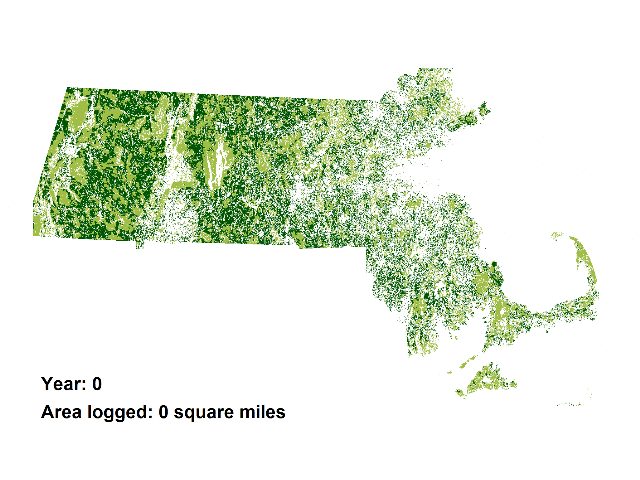 In the July 2010 National Geographic,
Joel Achenbach writes about
The 21st Century Grid.
It’s mostly about how we need a smart grid and additional power lines
to redistribute power better,
but it does get into proposed power plants to generate new power.
In the July 2010 National Geographic,
Joel Achenbach writes about
The 21st Century Grid.
It’s mostly about how we need a smart grid and additional power lines
to redistribute power better,
but it does get into proposed power plants to generate new power.
Although everyone acknowledges the need for a better, smarter, cleaner grid, the paramount goal of the utility industry continues to be cheap electricity. In the U.S. about half of it comes from burning coal. Coal-powered generators produce a third of the mercury emissions in America, a third of our smog, two-thirds of our sulfur dioxide, and nearly a third of our planet-warming carbon dioxide—around 2.5 billion metric tons a year, by the most recent estimate.Then it talks about how it’s hard to get stodgy electric utilities to invest in anything else. However, there is at least one way:
A California law requires utilities to generate at least 20 percent of their electricity from renewable sources as of this year.OK, so what new energy plant are proposed for Georgia? The online interactive map lets you select different energy types. The map above shows four proposed new coal plants in Georgia, surrounding south Georgia (plus something nonrenewable in Florida near Tampa). I recognize the one in far southwest Georgia as the one proposed for Early County and fortunately still tied up in litigation. All four are in addition to the existing Plant Scherer at Juliett, GA, near Macon, the dirtiest coal plant in the country, and the one that generates 2/3 of our power for south Georgia (as well as selling a lot of power to Florida). Adding still more dirty coal plants does not look like progress.
Continued in next blog entry.
-jsq








